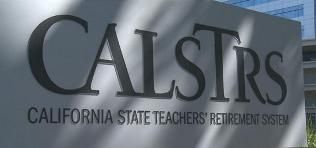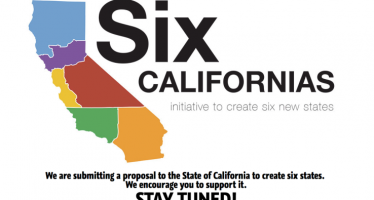Why is CalSTRS’ version of corporate skulduggery tolerated?

 Beginning in the late 1990s and for about a decade afterward, corporate accounting scandals unfolded one after the other. Bipartisan outrage over CEOs and CFOs cooking the books gave way to mostly Democratic initiatives to impose much more sweeping rules on the private sector. Some Republicans thought there was vast regulatory overkill going on, but few disputed that there needed to be strong safeguards against accounting fraud at big institutions.
Beginning in the late 1990s and for about a decade afterward, corporate accounting scandals unfolded one after the other. Bipartisan outrage over CEOs and CFOs cooking the books gave way to mostly Democratic initiatives to impose much more sweeping rules on the private sector. Some Republicans thought there was vast regulatory overkill going on, but few disputed that there needed to be strong safeguards against accounting fraud at big institutions.
So how is it possible that in 2014, a struggling multibillion-dollar enterprise seeking a huge public bailout can send its top executive to a legislative hearing and offer a completely distorted account of his enterprise’s finances?
Because he’s from the public sector, where standards of the sort the SEC and Congress have imposed on Wall Street are nonexistent.
Which brings us to David Crane. Writing in Fox & Hounds Daily, the former Schwarzenegger administration official shreds the claim of California State Teachers’ Retirement System CEO Jack Ehnes that the main reason CalSTRS needs a huge public bailout is because of investment losses during the Great Recession of 2008 and 2009.
Crane looks at CalSTRS’ funding history and demolishes this claim. He also notes who agrees with him: CalSTRS’ own actuary, who reported “earlier this year that more than 70% of CalSTRS’s [$240 billion] deficit is attributable to other factors. ”
Taking a page from WorldCom, Enron, AIG
 Crane says this shabby behavior must not be tolerated:
Crane says this shabby behavior must not be tolerated:
“Needless to say, any organization — especially a public organization run by public employees — seeking billions in public assistance should be completely forthcoming. CalSTRS is a huge financial intermediary, just like AIG was before its bailout in 2008, and no different than AIG’s CEO at that time, CalSTRS’s CEO must level with the authorities from which it seeks help.
“But that’s not the only reason CalSTRS should provide full and clear disclosure. Unlike AIG – which paid back its public assistance, plus a profit — Californians will never get back the money they are being asked to provide CalSTRS. Instead, they’ll just avoid having to spend more money. That’s because if CalSTRS does not get its $240 billion, Californians will have to inject more than $600 billion at the time CalSTRS runs out of money. Given those facts and that CalSTRS is seeking one of the largest injections of public assistance in U.S. history, one would expect its leadership to go overboard in providing the fullest possible explanation to the citizens of whom it is asking for such a large sacrifice.
“One way or another, CalSTRS must get its $240 billion. If not, public education in California will not survive and the next generation will be thrown into chaos. But first, citizens deserve the truth. CalSTRS’s representatives must be completely forthcoming – and the sooner the better.”
One standard for business, another for government
Not for the first time, I pose this general question: Why are accounting standards so ridiculously lax in the public sector? Why are executives allowed to treat public funds so much more cavalierly than stockholder funds?
I don’t think it’s a partisan thing. I don’t know why any group would be part of a constituency that supports dishonesty from government.
Maybe it’s tolerated due to the low expectations we have of government. But that doesn’t make California’s government version of Enron any less appalling.
Related Articles
Aetna exits CA socialist medicine scheme for individuals
June 18, 2013 By John Seiler Wait! Wasn’t Obamacare supposed to give medical care and insurance to everybody, at a
Six Californias?
Dissatisfaction with the current state of California continues to spread. The latest idea: Split the mega-state into six smaller states.
Video: California after the bankruptcies
July 15, 2012 By John Seiler For those of you who don’t live in California, here’s a short documentary on




